Cisco 350-501 - Implementing and Operating Cisco Service Provider Network Core Technologies (350-501 SPCOR)
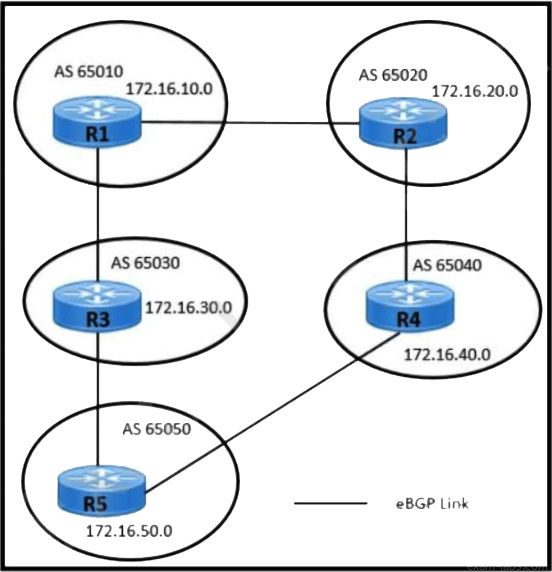
Refer to the exhibit. Users in AS 65010 are connected with the application server in AS 65050 with these requirements:
AS 65010 users are experiencing latency and congestion to connect with application server 172.16.50.10.
AS 65030 must be restricted to become Transient Autonomous System for traffic flow.
Links connected to AS 65020 and AS 65040 are underutilized and must be used efficiently for traffic.
Which two configurations must be implemented to meet these requirements? (Choose two.)
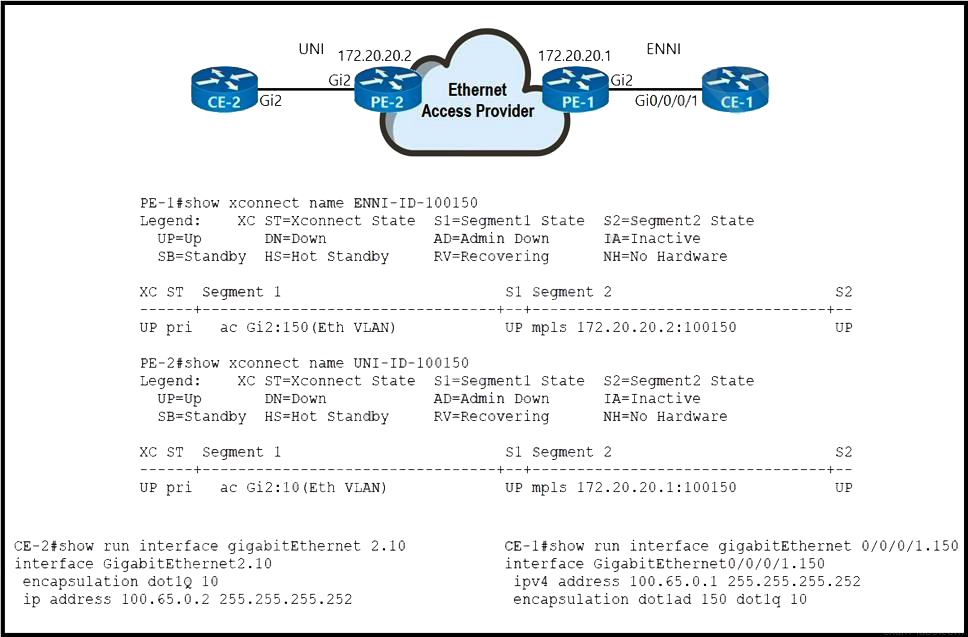
Refer to the exhibit. An Ethernet access provider is configuring routers PE-1 and PE-2 to provide E-Access EVPL service between UNI and ENNI. ENNI service multiplexing is based on 802.1ad tag 150, and service-multiplexed UNI is based on 802.1q tag 10. Which EFP configurations must the provider implement on PE-1 and PE-2 to establish end-to-end connectivity between CE-1 and CE-2?
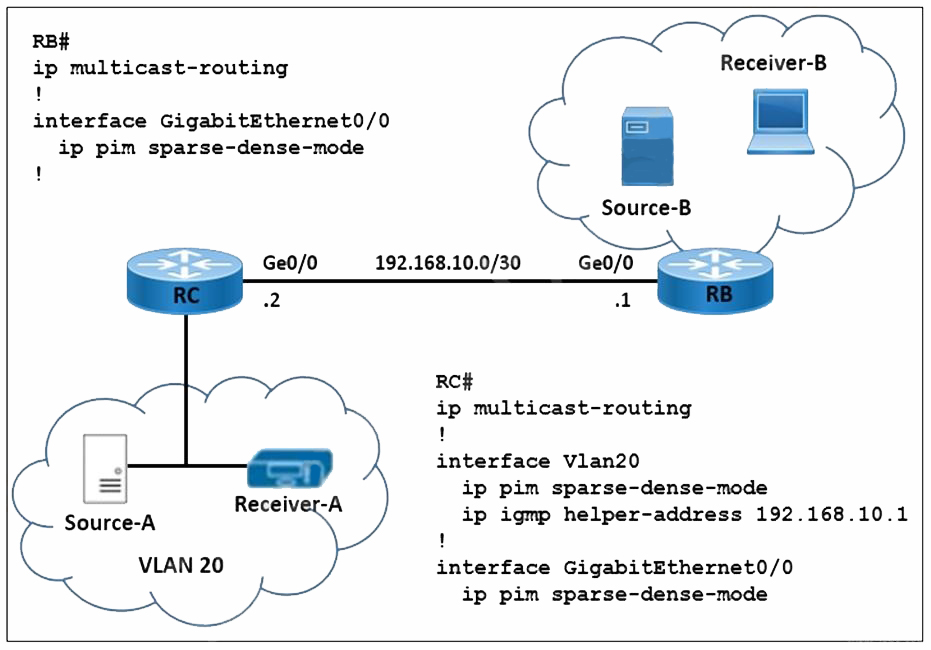
Refer to the exhibit. A network engineer is implementing multicast Source-A to send a multicast stream for Receiver-A, and multicast Source-B to send a multicast stream for Receiver-B. Router RC forwards the IGMP host a report and leaves messages to IP address 192.168.10.1. How must the multicast features be implemented to prevent RB from receiving multicast flooding from Source-A?
A network engineer is configuring a newly installed PE router at the regional gateway location. The new PE router must use MPLS core routing protocols with the existing P router, and LDP sessions between the two routers must be protected to provide faster MPLS convergence. Which configuration must the engineer perform on the network so that LDP sessions are established?
Refer to the exhibit.
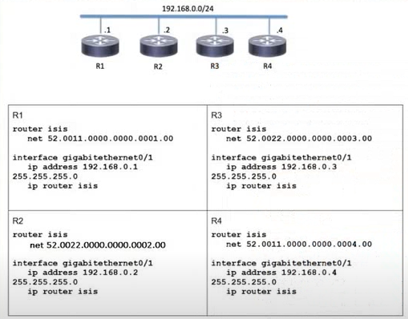
Which two topology changes happen to the IS-IS routers? (Choose two.)
A regional MPLS VPN provider operates m two regions and wants to provide MPLS L 3VPN service for a customer with two sites in these separate locations. The VPN provider approaches another organization to provide backbone carrier services so that the provider can connect to these two locations.
Which statement about this scenario is true?
Refer to the exhibit:

P3 and PE4 are at the edge of the service provider core and serve as ABR routers Aggregation areas are on either side of the core.
Which statement about the architecture is true?
A network engineer is deploying VPLS configuration between multiple PE routers so that customer's remote offices have end-to-end LAN connectivity. Which additional configuration should the engineer perform on the PE routers to enable the virtual switch instance?
A)

B)
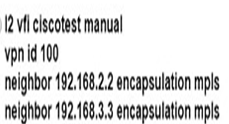
C)
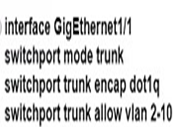
D)
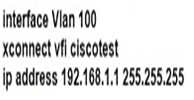
The network-engineering team of a service provider is integrating several recently acquired networks into a more scalable common Unified MPLS architecture. The new network architecture will support end-to-end VPNv4 and VPNv6 services with these requirements:
• The IGP of the core layer is IS-IS In Area 0.
• The IGP of the aggregation layers is OSPF in Area 0.
• The LDP protocol Is used to distribute label bindings within each IGP domain.
Which task must the network engineer perform when implementing this new architecture?
Refer to the exhibit:
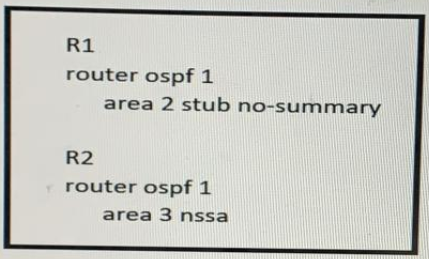
In which way does router R1 operate differently than router R2?



